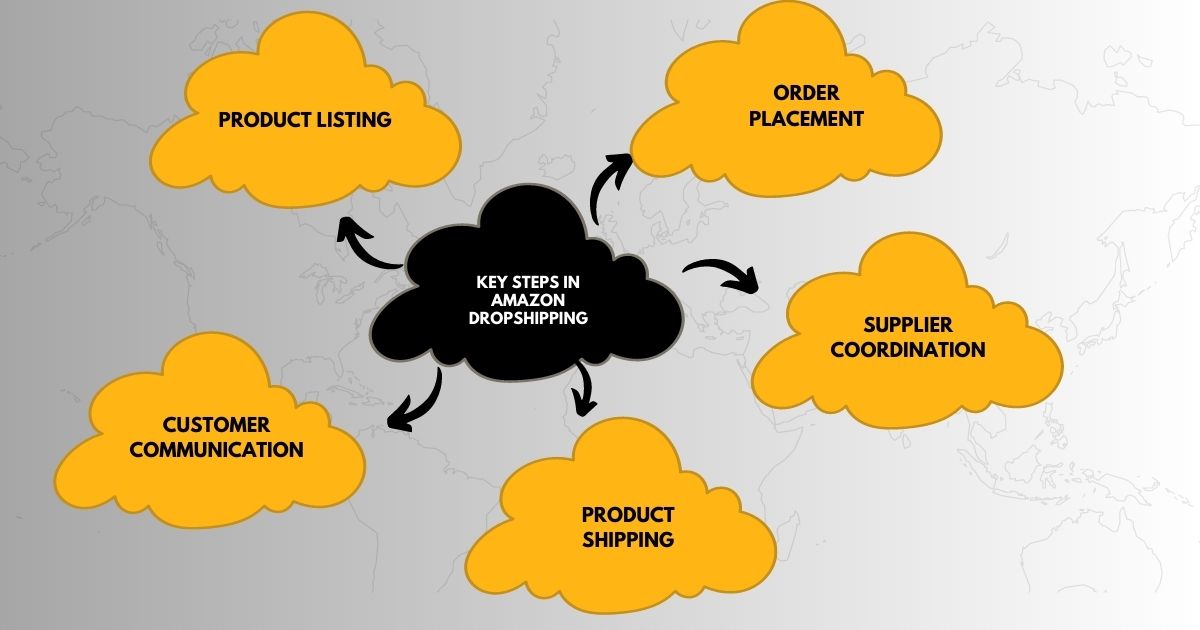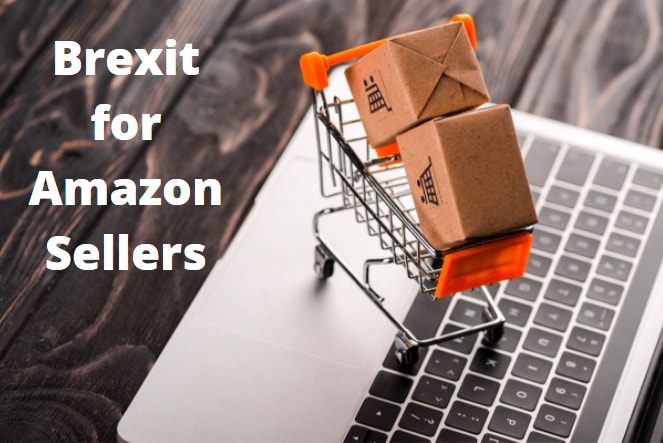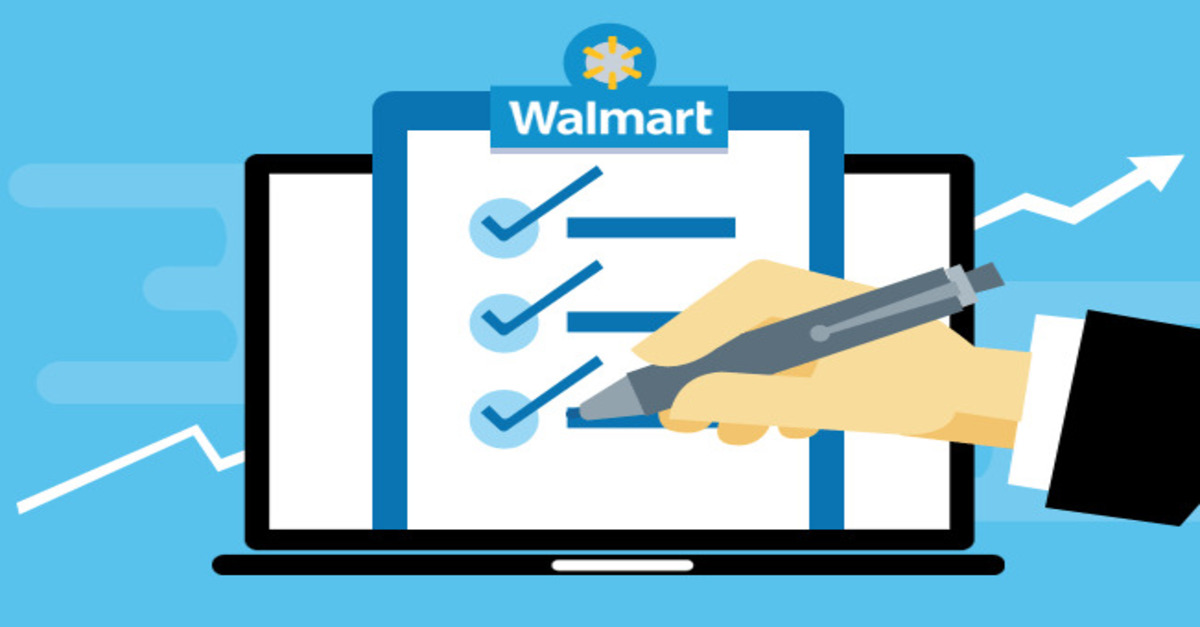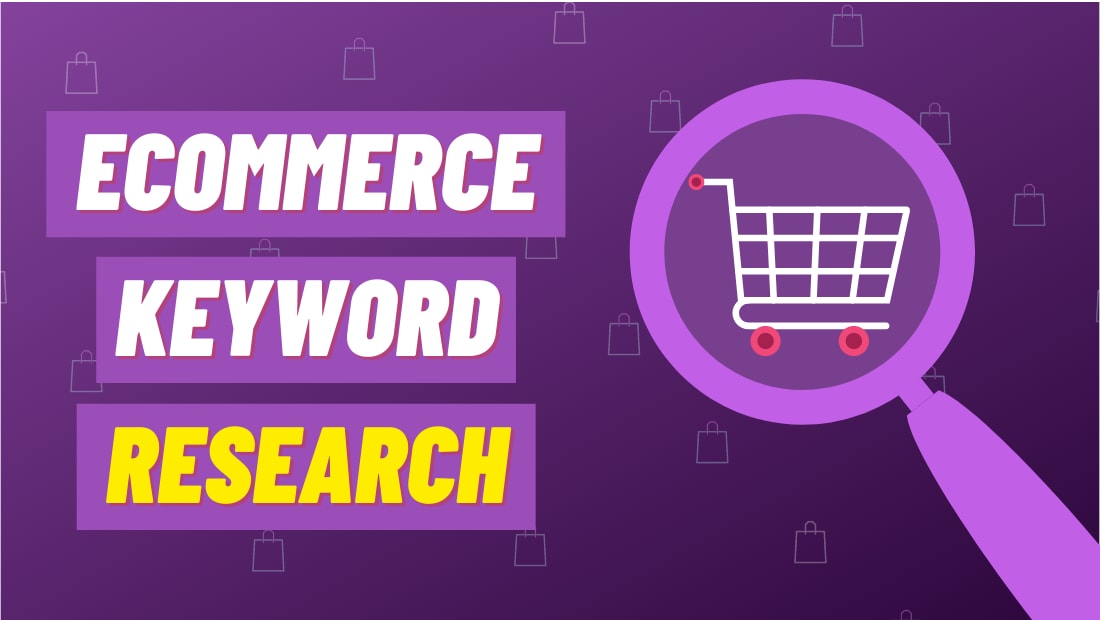Amazon Dropshipping has become an increasingly popular way for entrepreneurs to start their e-commerce businesses without needing upfront inventory or a physical store. With the rise of online shopping, Amazon has become a dominant force in the retail industry, and its dropshipping program allows individuals to tap into this vast marketplace. Whether you’re new to the world of e-commerce or already have some experience, this comprehensive guide will walk you through everything you need to know about Amazon Dropshipping and its more advanced counterpart, Amazon FBA Dropshipping. From finding profitable products to optimizing your listings and handling customer service, we’ve covered every step on your journey towards dropshipping success on Amazon
Quick Guide
- Understanding Amazon Dropshipping
- Amazon FBA vs. Amazon Dropshipping
- Getting Started with Amazon Dropshipping
- Building Your Amazon Dropshipping Business
- Pros and Cons of Amazon Dropshipping
- Navigating Amazon’s Policies and Fees
- Tips for Success: Amazon Dropshipping Strategies
- Becoming a Successful Amazon Dropshipper
- Conclusion
Understanding Amazon Dropshipping
What is Amazon Dropshipping?
Amazon dropshipping is an e-commerce business model where sellers list products for sale on Amazon’s platform without actually holding any physical inventory. When a customer orders a product, the seller purchases that product from a third-party supplier or manufacturer who then directly ships the product to the customer. The seller essentially acts as an intermediary, facilitating the transaction between the supplier and the customer. The key steps in Amazon dropshipping include:

- Product Listing: Sellers create listings on Amazon, including product details, images, and pricing.
- Order Placement: When a customer buys a product from the seller’s listing, the seller receives the order and payment information.
- Supplier Coordination: The seller contacts the supplier, providing them with the necessary order details and shipping information.
- Product Shipping: The supplier packages and ships the product directly to the customer, often using generic or neutral packaging supplies.
- Customer Communication: Sellers remain responsible for customer service, addressing inquiries, providing tracking information, and handling returns or issues.
Differentiating Between Traditional Amazon Selling and Amazon Dropshipping
Traditional Amazon Selling
In traditional selling on Amazon, sellers purchase or manufacture products in advance and store them in Amazon’s fulfillment centers. When a customer orders, Amazon handles the storage, packaging, shipping, and customer service. Sellers have more control over branding, product quality, and shipping times.
Amazon Dropshipping
Dropshipping on Amazon involves listing products the seller doesn’t physically own or store. The seller coordinates with suppliers to fulfill orders, and the supplier handles packaging and shipping. Dropshippers have less control over product quality, shipping speed, and branding. However, dropshipping requires less upfront investment in inventory and allows sellers to offer a wide range of products without needing storage space.
Amazon FBA vs. Amazon Dropshipping
Comparison between Fulfillment by Amazon (FBA) and Amazon Dropshipping:
Fulfillment by Amazon (FBA)
- Amazon stores and manages inventory on behalf of sellers in its fulfillment centers.
- Amazon handles packaging, shipping, and customer service, offering fast and reliable delivery.
- FBA products are eligible for Amazon Prime, boosting their visibility and sales potential.
- Sellers pay fees for storage, fulfillment, and related services.
Advantages and Disadvantages of the Fulfillment by Amazon (FBA) approach
- Pros: Prime eligibility, streamlined logistics, scalability, and enhanced customer trust.
- Cons: Fees, limited control over inventory and shipping, potential competition with other FBA sellers.
Amazon Dropshipping
- Sellers list products without holding physical inventory.
- When an order is received, the seller purchases the product from a third-party supplier who ships it directly to the customer.
- Sellers are responsible for customer service, supplier communication, and order management.
- Drop shipped products may not be Prime-eligible, potentially affecting sales.
Advantages and Disadvantages of the Amazon Dropshipping approach
- Pros: Low upfront investment, flexibility in product range, focus on marketing and growth.
- Cons: Quality control challenges, lower profit margins, limited branding opportunities, customer service responsibilities.
Getting Started with Amazon Dropshipping
Setting Up Your Amazon Seller Account
Registration: Go to Amazon’s Seller Central and click “Register Now.”
Account Type: Choose between Professional and Individual Seller accounts. A Professional account has a monthly fee but offers advanced selling features.
Personal Information: Provide your details, including email address and password.
Business Information: Enter your business name, address, and contact details. You can use your own information if you’re dropshipping as an individual.
Payment Information: Set up your payment methods and tax information.
Product Categories: Choose the categories that best match the products you plan to dropship.
Shipping: Decide whether you’ll handle shipping yourself (Fulfillment by Merchant) or use Amazon’s services (Fulfillment by Amazon is not recommended for dropshipping).
Verification: Amazon may require verification of your identity and contact information.
Tips for Optimizing Your Seller Profile
- Complete Profile: Fill out your seller profile with accurate and detailed information. This builds trust with customers.
- High-Quality Images: Use high-resolution images for your profile picture and any images you include in your listings.
- Accurate Descriptions: Write clear and informative product descriptions that accurately represent your products.
- Competitive Pricing: Research competitors’ pricing and set your prices competitively.
Amazon Dropshipping Policy
Overview of Amazon’s Policies Related to Dropshipping
- Prohibited Seller Activities: Amazon has specific rules regarding dropshipping. The seller must be the seller of record for the products and must identify themselves as the seller on all packing slips, invoices, and external communications.
- Shipping and Fulfillment: Amazon does not allow the use of FBA for products sourced from a third party. Sellers must maintain control over shipping and fulfillment.
Highlighting Key Policy Requirements and Restrictions
- Seller Identity: You must identify as the seller on all documents and communication related to the order.
- Packaging and Invoices: You cannot include any information that directs the customer to contact the supplier or includes pricing different from what’s listed on Amazon.
- Quality Control: You are responsible for the quality and condition of the products you sell, even if they are drop shipped.
Selecting Profitable Niches and Products
Research Techniques to Identify Profitable Niches
- Market Research: Use Amazon’s Best Sellers, Hot New Releases, and Movers & Shakers lists to identify trending products.
- Keyword Analysis: Utilize tools like Amazon’s search bar and third-party keyword research tools to find keywords with high search volume and low competition.
- Competitor Analysis: Study successful competitors in your chosen niche to identify gaps or opportunities.
Tips for Selecting Suitable Dropshipping Products
- High Demand: Choose products with consistent and high demand to ensure a steady flow of orders.
- Competition: Analyze the competition and assess if you can differentiate your offerings.
- Profit Margin: Calculate potential profit margins after accounting for product costs, shipping fees, and other expenses.
- Supplier Reliability: Research and establish relationships with reliable suppliers to ensure smooth fulfillment.
Building Your Amazon Dropshipping Business
Finding Reliable Suppliers
Strategies to Find Reputable and Trustworthy Suppliers:
- Supplier Directories: Explore online supplier directories such as Alibaba, AliExpress, SaleHoo, and Worldwide Brands.
- Trade Shows: Attend industry-specific trade shows to connect with potential suppliers and assess their products in person.
- Supplier Vetting: Research suppliers thoroughly by checking their reviews, reputation, and history.
- Communication: Establish clear communication with potential suppliers to gauge their responsiveness and professionalism.
List of Popular Dropshipping Supplier Platforms:
- AliExpress: A well-known platform with a wide range of products and suppliers.
- Printify: A print on demand platform connecting users with various print providers, enabling the creation and sale of custom-designed products.
- SaleHoo: Offers a directory of verified suppliers across various niches.
- Worldwide Brands: Provides a comprehensive directory of certified wholesalers and dropshippers.
- DHgate: Features various product categories and suppliers.
- Oberlo: Specifically designed for Shopify users, connecting with suppliers on AliExpress.
Managing Inventory and Listings
Techniques for Efficiently Managing Product Listings:
- Consistent Branding: Maintain your brand’s image consistent across your listings for professionalism.
- Accurate Descriptions: Write detailed and accurate product descriptions to help customers make informed choices.
- Optimized Titles and Keywords: Use relevant keywords in product titles and descriptions to improve discoverability.
Tools to Track Inventory and Monitor Pricing Changes:
- Inventory Management Software: Tools like Ordoro, Inventory Source, and ecomdash help track and manage inventory levels.
- Price Tracking Tools: Tools like PriceYak and DSM Tool monitor price changes on supplier websites and adjust your listings accordingly.
Pricing and Margins
How to Price Your Dropshipped Products Competitively:
- Market Research: Study competitors’ prices and consider positioning your prices competitively or offering unique value.
- Account for Fees: Factor in Amazon seller fees, payment processing fees, and shipping costs when setting your prices.
Calculating Profit Margins While Considering Fees:
- Calculate the total cost of the product, including the product price, shipping costs, and any other fees.
- Deduct these costs from the selling price to determine your profit margin.
Customer Service Excellence
Importance of Top-Notch Customer Service in Dropshipping:
- Customer service is important for building trust and maintaining a positive reputation.
- Positive customer experiences may stimulate repeat business and positive reviews.
Strategies for Managing Customer Inquiries and Concerns:
- Prompt Responses: Address customer inquiries and concerns as quickly as possible.
- Clear Communication: Provide accurate information about shipping times, product details, and potential issues.
- Handling Returns: Have a clear return policy and process to manage returns efficiently.
- Professionalism: Maintain a professional and courteous tone in all interactions.
Pros and Cons of Amazon Dropshipping
Advantages of Amazon Dropshipping
Exploring Benefits Such as Low Startup Costs and Reduced Inventory Risks:
- Low Startup Costs: Dropshipping requires minimal upfront investment since you don’t need to purchase inventory. This makes it an accessible option for individuals with limited funds to start an e-commerce business.
- Reduced Inventory Risks: Without holding inventory, you’re not exposed to the risk of products becoming obsolete or unsold. You’re also not tied to managing storage space or dealing with surplus inventory.
- Wide Product Range: Dropshipping allows you to offer a diverse range of products without needing storage space or manufacturing. This flexibility enables you to serve various customer preferences.
- Location Independence: As dropshipping doesn’t involve physical inventory management, you can operate your business from anywhere with an internet connection, providing more flexibility regarding work location.
- Focus on Marketing and Sales: With less time spent on inventory management, you can devote more resources to marketing strategies, customer engagement, and brand growth.
Disadvantages of Amazon Dropshipping
Discussion of Challenges Like Increased Competition and Potential Quality Control Issues:
- Increased Competition: The low barriers to entry in dropshipping can lead to saturated markets on platforms like Amazon. This intense competition can make it challenging to stand out and maintain healthy profit margins.
- Quality Control: As you rely on suppliers for product quality and shipping, any lapses in quality control can lead to dissatisfied customers and negative reviews. Maintaining consistent quality can be a challenge.
- Limited Branding: Dropshipped products often arrive in generic packaging from suppliers, limiting your ability to establish a strong brand identity and set yourself out from the competition.
- Shipping Delays: If suppliers face delays in shipping, it can affect your ability to meet customer expectations for delivery times, potentially resulting in poor customer experiences.
- Dependency on Suppliers: Your business’s success is tied to the reliability and efficiency of your suppliers. If a supplier faces issues, it can impact your entire operation.
Tips for Mitigating Disadvantages:
- Niche Selection: Choose niches with less saturated markets or find unique angles within popular niches to reduce competition.
- Supplier Vetting: Thoroughly research and vet suppliers before partnering with them. Consider ordering sample products to evaluate quality and shipping times.
- Customer Service Excellence: Offer exceptional customer service to build trust and offset potential negative experiences caused by factors beyond your control.
- Diversification: Consider working with multiple suppliers to diversify your product offerings and reduce dependency on a single source.
Navigating Amazon’s Policies and Fees
Amazon’s Dropshipping Policies
In-Depth Look at Amazon’s Policies Related to Dropshipping:
- Seller of Record: Amazon requires that the seller listed on the packing slip, invoice, and communication with the buyer be the seller of record. The dropshipping seller is responsible for the entire customer experience.
- Packaging and Invoices: Sellers must not include any information that directs the customer to contact the supplier. Invoices should not include pricing information different from what’s listed on Amazon.
- Product Authenticity: Sellers must ensure that the products they list and sell are authentic, safe, and compliant with all applicable laws and regulations.
How to Ensure Compliance and Avoid Policy Violations:
- Transparent Communication: Communicate with suppliers that you are dropshipping on Amazon and provide them with the necessary information to adhere to Amazon’s policies.
- Quality Control: Regularly monitor the products you’re dropshipping to ensure they meet the expected quality standard.
- Order Tracking: Maintain accurate order tracking and shipping information to provide timely updates to customers.
Understanding Amazon’s Fees
Breakdown of the Various Fees Associated with Amazon Dropshipping:
- Referral Fees: A percentage of the item’s sale price that goes to Amazon as a commission for using their platform.
- Variable Closing Fees: Applied to media products, such as books, DVDs, and video games.
- Fulfillment Fees: If using FBM (Fulfillment by Merchant), you’ll be responsible for shipping costs, packaging, and handling.
- Storage Fees: If you use Amazon’s fulfillment centers for storage, you’ll incur storage fees based on the volume of space your products occupy.
- Subscription Fees: Professional Seller accounts have a monthly subscription fee in addition to referral and other fees.
Strategies for Optimizing Costs and Maximizing Profits:
- Price Strategically: Set your product prices to cover all fees while remaining competitive.
- Minimize Storage Fees: Monitor your inventory levels and adjust your storage to avoid unnecessary fees.
- Efficient Shipping: If using FBM, optimize your shipping process to minimize shipping costs.
- Bulk Ordering: Consider negotiating better deals with suppliers by ordering products in larger quantities.
Tips for Success: Amazon Dropshipping Strategies
Building a Strong Brand
Importance of Branding and How It Influences Buyer Trust:
- Trust: A strong brand inspires customer trust and credibility, reducing doubts about product quality and legitimacy.
- Differentiation: Branding sets you apart from competitors, allowing you to stand out in a crowded marketplace.
- Longevity: A well-established brand can lead to long-term customer loyalty and repeat business.
Tips for Creating a Recognizable Brand within the Dropshipping Model:
- Logo and Visual Identity: Design a professional logo and maintain consistent visual elements across your listings and communications.
- Unique Value Proposition: Communicate what sets your brand apart and how it benefits customers.
- Quality Assurance: Prioritize product quality and customer satisfaction to build a positive brand reputation.
Marketing Your Dropshipping Business
Overview of Marketing Strategies to Increase Visibility and Sales:
- Social Media Marketing: Use platforms like Facebook, Instagram, and Pinterest to showcase products and engage your audience.
- Search Engine Optimization (SEO): Optimize your product listings with relevant keywords to increase visibility in organic search.
- Paid Advertising: Consider using Amazon Sponsored Products or external platforms like Google Ads for targeted advertising.
- Content Marketing: Create valuable content related to your products to attract and engage potential customers.
Becoming a Successful Amazon Dropshipper
Scaling Your Business
Strategies for Expanding Your Product Range and Reaching a Wider Audience:
- Product Diversification: Gradually expand your product offerings within your niche to cater to different customer preferences.
- Market Expansion: Consider selling in multiple Amazon marketplaces or other e-commerce platforms.
When and How to Scale Your Dropshipping Operations:
- Profitability: Ensure that your current operations are consistently profitable before scaling.
- Supplier Relationships: Strengthen relationships with reliable suppliers to support increased order volume.
Continuous Learning and Adaptation
Emphasizing the Need to Stay Updated with E-commerce Trends:
- E-commerce Dynamics: Stay informed about changes in online shopping behaviors and preferences.
- Amazon’s Algorithms and Policies: Regularly review Amazon’s updates to adapt your Amazon Advertising strategies and stay compliant.
- Customer Feedback: Listen to customer feedback to identify areas for improvement and innovation.
Conclusion
Successfully navigating the world of Amazon dropshipping requires a combination of strategic approaches, branding, marketing, and adaptability. By building a strong brand, effectively marketing your business, scaling thoughtfully, and staying informed, you can position yourself for long-term success in the ever-evolving e-commerce landscape on Amazon.




